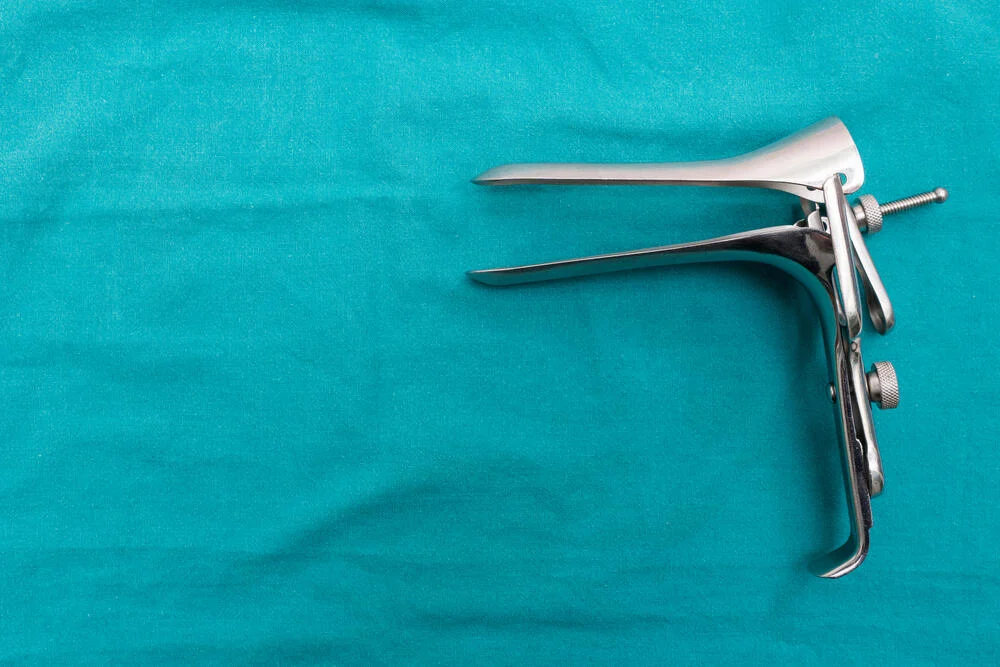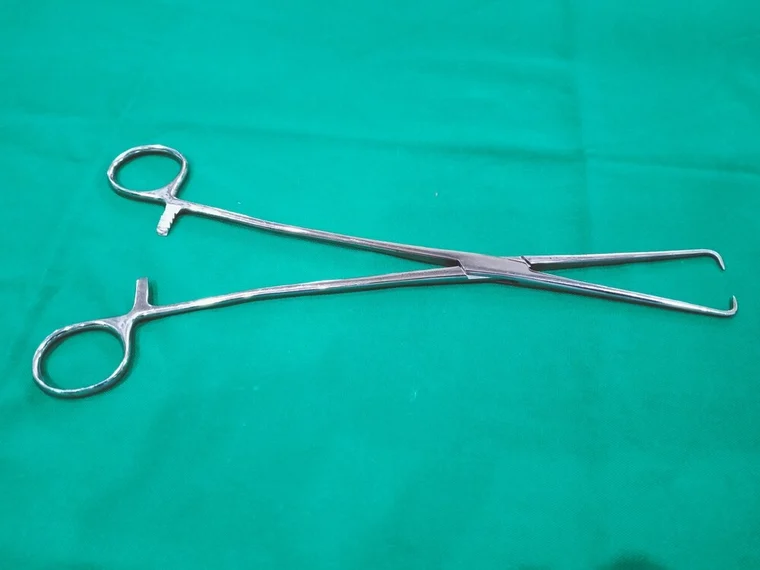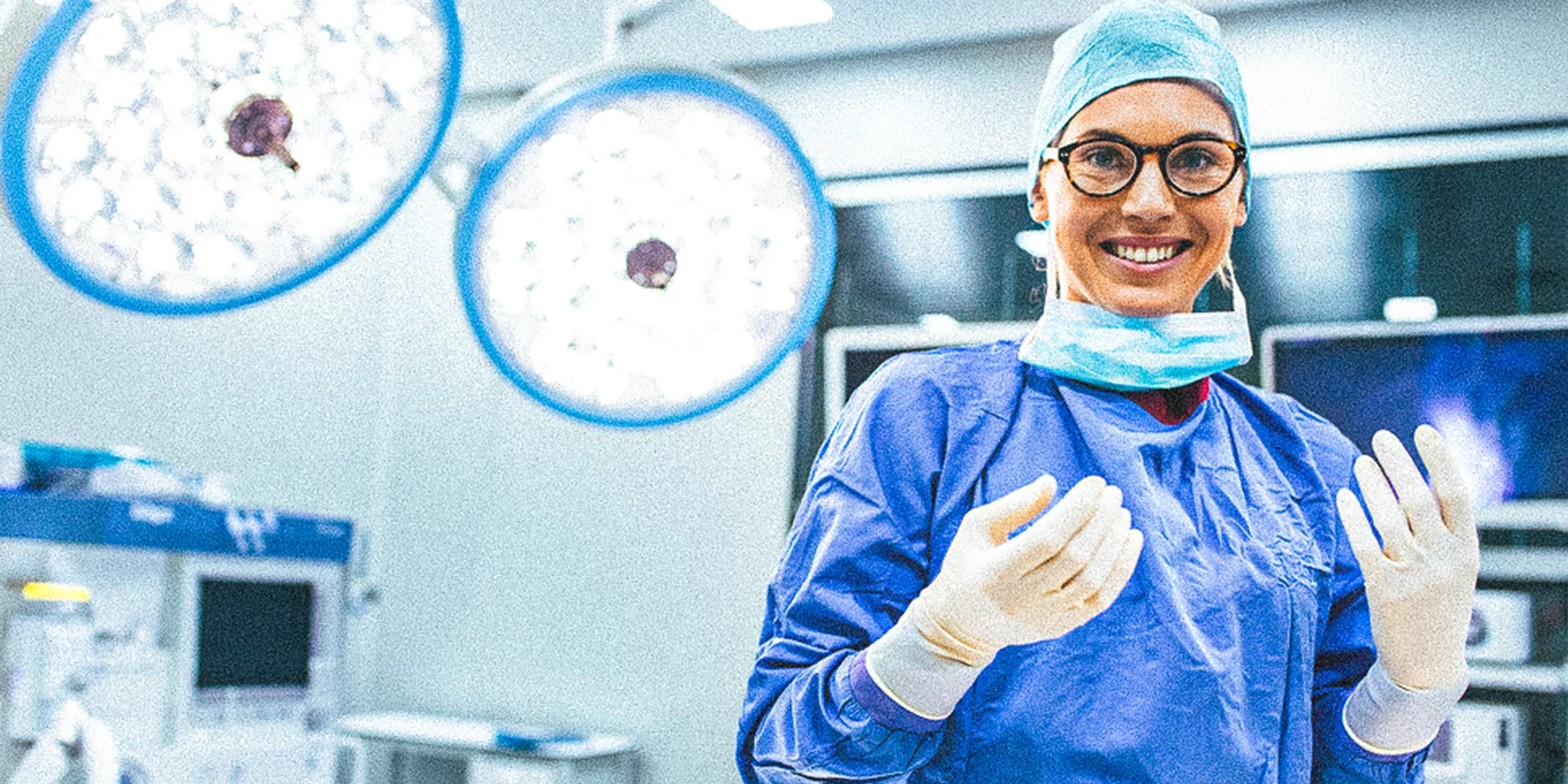Although designing for your end user is a central aim of product designers and engineers, it is well known that medical devices have not always addressed female users’ needs. Could any of your devices be improved by taking a fresh look at the female patients or female clinicians using them?
In the surgical space, traditionally male-dominated both at R&D stages and in the operating theatre, some tools have barely changed in the last 100 years – even when the surgeon demographic has changed significantly. And when these tools were initially designed, the needs and comfort of patients were not always prioritised.
Improving the female patient experience
This is particularly the case when it comes to gynaecological tools and apparatus used during surgery or examinations. The most well-known example is the speculum, commonly used to inspect the cervix in pelvic exams, pap smears etc. If you ask any woman who has undergone a pelvic exam – it is not a pleasant experience. It can cause discomfort and anxiety to many patients.
Speculum
Speculums have existed in some form as far back as Roman times, but what is regarded as the modern speculum was designed in the 19th century by James Marion Sims, a surgeon in Alabama who is often regarded, albeit controversially, as the “father of gynaecology”. He performed surgeries on enslaved women without anaesthesia and invented the Sims speculum, used to separate the vaginal walls.
This new speculum design allowed male doctors to visualise and inspect the vagina and cervix without touching and compromising the patient’s ‘modesty’. Edward Gabriel Cusco then revised the design in 1870 to create duckbill speculum that current designs are based on.

The design of today’s speculums has barely changed since Cusco’s times, when the patient’s needs and comfort during a pelvic exam were largely overlooked. Concerns like the cold feel of the metal, the pressure and discomfort during insertion or the unnerving noise of the screw were never considered.
It is good to see several companies out there are working to tackle these concerns and improve the patient’s experience. For example, Ceek have come up with a new, disposable speculum made from polycarbonate that aims to increase patient comfort through its thin design. Yona Care have an alternative design that also improves the clinician’s experience, for example allowing them to operate it with one hand.
But it is not just about improving the tools used during the examination. The aim is to improve the overall patient experience. Yona Care is, for example, aiming to address this by providing a digital experience and improving the physical exam room.
In terms of speculums used in surgery, the surgeon’s experience and the ease of suturing also needs to be considered. Nua Surgical is designing a disposable c-section retractor to improve ergonomics of surgery and reduce the risk of complications. Hegenberger Medical has also developed a retractor to facilitate postnatal suturing.
Tenaculum
Another example of an outdated gynaecological surgical tool developed at the end of the 19th century, is the Pozzi tenaculum or cervical tenaculum forceps which is commonly used in intra uterine device (IUD) insertions. IUD insertions can be a painful procedure with 89% of women finding it at least moderately painful. The sharp ends on the tenaculum can cause pain and bleeding when the cervix tissue is pierced and pulled.

The fear of pain during the procedure stops many women from using IUD as a method of contraception – so could this century-old device be redesigned to improve the patient experience? Aspivix are addressing this challenge and developing Carevix, a new suction based tenaculum that aims to reduce pain and bleeding and has shown promising preliminary results in clinical trials.
Understanding the needs of female surgeons
Not only have surgical tools often neglected female patients’ needs, but they have traditionally been designed by men and for men. Surgery has been a predominantly male discipline for a long time, but the demographic is changing – the number of female surgeons is steadily increasing. Despite this, issues like not having enough grip strength to operate tools or poor operating room ergonomics are still not uncommon.
Generally, women have smaller hands, less muscle mass and shorter height, which results in for example, female surgeons not being able to use a surgical stapler with one hand or having to use operating tables that don’t go low enough. These sorts of barriers can greatly discourage female students from pursuing a career in medicine and most critically, could lead to significant health issues to both the surgeon and the patient. For example, female surgeons are more likely to report hand, shoulder, neck, and back pain when performing laparoscopic surgeries.
Inappropriate protective equipment can also have a significant impact on surgeons’ long-term health. For example, radiation blocking gowns used by orthopaedic surgeons have been shown to lead to higher rates of breast cancer than the general population.

Device manufacturers have an opportunity to develop products that offer improved usability and ergonomics for this growing user population. Such products harbour the potential for greater acceptance by female surgeons, improved patient outcomes, and even cost benefits for buyers if surgeons are able to operate more efficiently or for longer without risking injury.
Advice from 42T
Our team of designers and engineers have extensive experience working in the development of surgical tools – we follow a rigorous process to ensure devices are designed around both the patient and the surgeon.
Things to remember when defining the use specification
- Understand all stakeholders – clinicians, patients, nurses – and consider the stresses they might incur
- Consider the stakeholder demographic – both when designing a new tool or redesigning an existing one. User demographics can change over time, and this may alter the ergonomic percentiles of the device/instrument
- Assess how the device will be used and what the user steps will be. This will help you understand the product lifecycle and the functional and usability requirements, which will inform the user interface and design specifications
- Evaluate how the use environment will impact the design. For example, are there any power considerations or any requirements specific to the country where it will be used
Top tips during the design process
- Always consider the impact of design decisions on the user and their needs
- Using anthropometric data can be a good baseline but one should be aware of the potential biases and the shortcomings of designing for an “average individual”. It is always best to test
- Test early, test often, and iterate. Formative and summative studies should be carried out with users from a representative demographic and in a representative use environment. Complementing these larger studies with early stage, low fidelity testing with specific patient or user groups can also be a good way to quickly obtain feedback
- Questions asked to users should be unbiased and open
- Instructions for use and labelling should be clear to the intended user and need to be tested. For example, one way to ensure clarity and inclusivity could be for them to be mainly illustrative
Product launch is not the end
Even when a thorough usability process has been followed, demographics can change, and wide commercialisation and use of the device can also sometimes yield unexpected results. This highlights the importance of post market surveillance, which is a great opportunity to identify potential device shortcomings and improvements.

How we do it at 42T
We consider who will be using the product from the very beginning. Nothing beats testing – but considering various users, their process and how they might think through the use of the device throughout development will help ensure success.
Our trained facilitators can help you gather insights into how real people use and interact with your product, and draw actionable and meaningful conclusions about how to improve the design.
Our team of usability experts, product designers and engineers apply an iterative approach to developing new products. Prototyping, simulation and testing are key to how we develop highly successful products. By using these tools to address technical, usability and commercial risks along the way, we give our clients confidence in the products they choose to develop.
